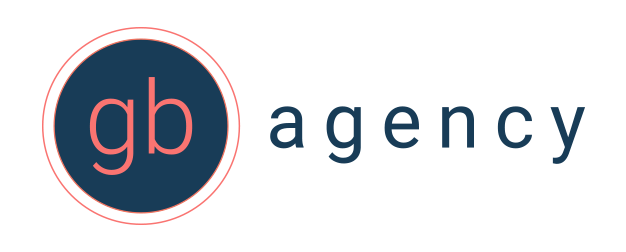Do you ever feel like some business marketers are speaking a foreign language? Marketing acronyms are being used around the office all the time and not always properly. If you work in the industry, it is essential that you are familiar with the terminology. This is not one of those “fake it till you make it” moments. Have no fear, GB Agency is here! We’ve developed a comprehensive glossary for you to study, skim, and refer back to whenever you may need. Not only will you be able to speak in marketing acronyms with the best of them, your coworkers and clients will be impressed by your expertise. And remember, you’re not alone. We’ve all been there. TTFN
Attention, interest, desire, action (AIDA)
This acronym describes the steps of a customer’s buying process. Marketers aim to lead their consumers through each of these stages in order to gain a conversion.
Business to business (B2B)
B2B companies market their products or services to other businesses.
Business to consumer (B2C)
B2C companies market their products or services directly to consumers.
Call to action (CTA)
Providing direction to your audience prompting them to take a specific action (e.g., call today, visit us online, click here, etc.)
Conversion rate (CR)
A conversion refers to whatever action you desire from your customers (e.g., a purchase, subscription, etc.) The conversion rate is calculated by dividing the total number of conversions by the number of visitors to your website.
Click-through rate (CTR)
CTR is a metric used to determine the success of an online ad. It is expressed as a percentage which is calculated by dividing the number of clicks by total impressions and multiplying by one hundred. A high percentage indicates an effective ad.
Cost per action (CPA)
CPA is an online advertising payment model where payment is based solely on qualifying actions such as sales or registrations.
Cost per click (CPC)
A website using a CPC payment program will charge customers based on the number of times users click on their ad or link. This is often based on a daily budget, meaning the ad is pulled from the rotation as soon as the budget is reached each day.
Customer lifetime value (CLV)
CLV is a prediction of the total net profit a customer will be worth throughout the entire duration of their business with you.
Customer relationship management (CRM)
A CRM system uses technology to organize and automate customer interactions. This enables a company to create more meaningful and strategic communication based on demographic data, buying history and industry information.
E-commerce
E-commerce is an abbreviation of electronic commerce and refers to any type of business that involves the transfer of information online. E-commerce marketing strategies aim to drive users to a website to purchase a product or service.
HyperText Markup Language (HTML)
HTML is a coding language used to make hypertext documents for use on the Internet. A block of text is surrounded by codes that indicate how it should appear in the browser.
Key performance indicator (KPI)
A KPI is a metric used to evaluate the success of an organization or campaign. This is a way to quantify a company’s goals in order to ensure business objectives are being met.
Month-over-month (MoM)
MOM is a form of comparing a metric based on the previous month, usually expressed in a percentage. Similarly, data can be compared quarter-over-quarter (QoQ) or year-over-year (YoY.)
Return on investment (ROI)
ROI is a performance measurement that considers profits in relation to the capital invested. For example, if your company spent $10,000 on an advertising campaign and made a total of $15,000 as a result, your ROI would be 50 percent.
Search engine marketing (SEM)
SEM is a type of Internet marketing that aims to improve a website’s visibility in search engine results via optimization and advertising.
Search engine optimization (SEO)
SEO is the process of developing a technical plan to ensure effective use of search engines as a marketing tool. Some common SEO tactics include targeting strategic keywords, building quality links to your website and encouraging social sharing.
Search engine results page (SERP)
SERPs are the list of webpages presented to you after entering a query into a search engine such as Google. The higher your website appears in the SERPs, the more likely a user is to click on it.
Unique selling proposition (USP)
USP refers to the features or characteristics that differentiate a product or service from competitors.
Word of mouth marketing (WOMM)
This type of marketing is when a company actively encourages an audience to share a message with others. This can be done by seeding information within particular networks, rewarding loyal members or leveraging social media.
Now this is just the tip of the iceberg as new marketing acronyms are created everyday. If you’re not interested in learning a new language, click here and leave it to the experts.
Interested in a free consultation? Click here and we’ll contact you ASAP

